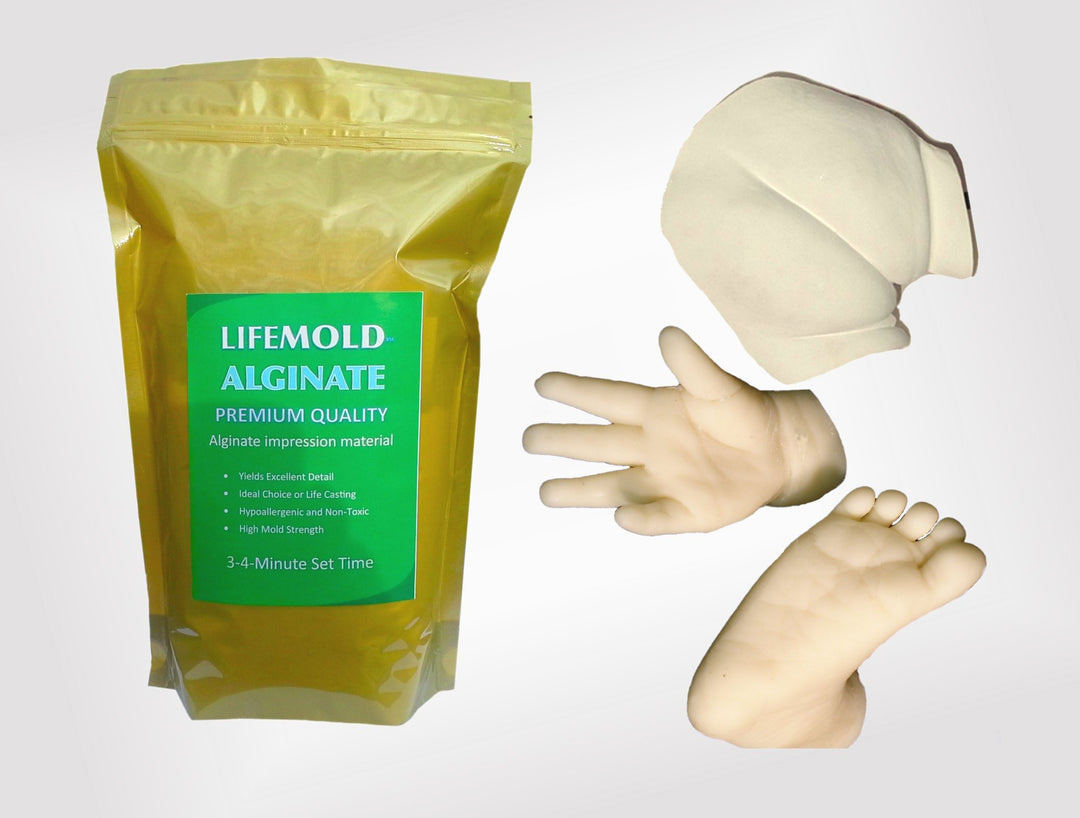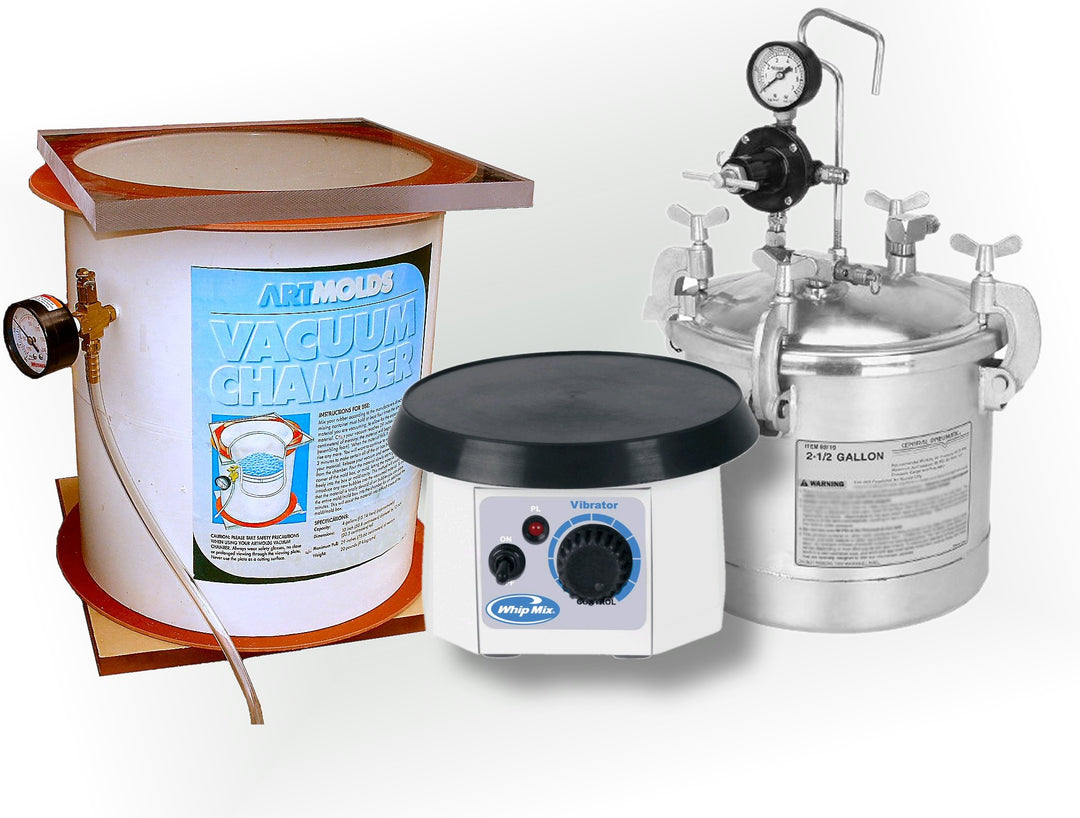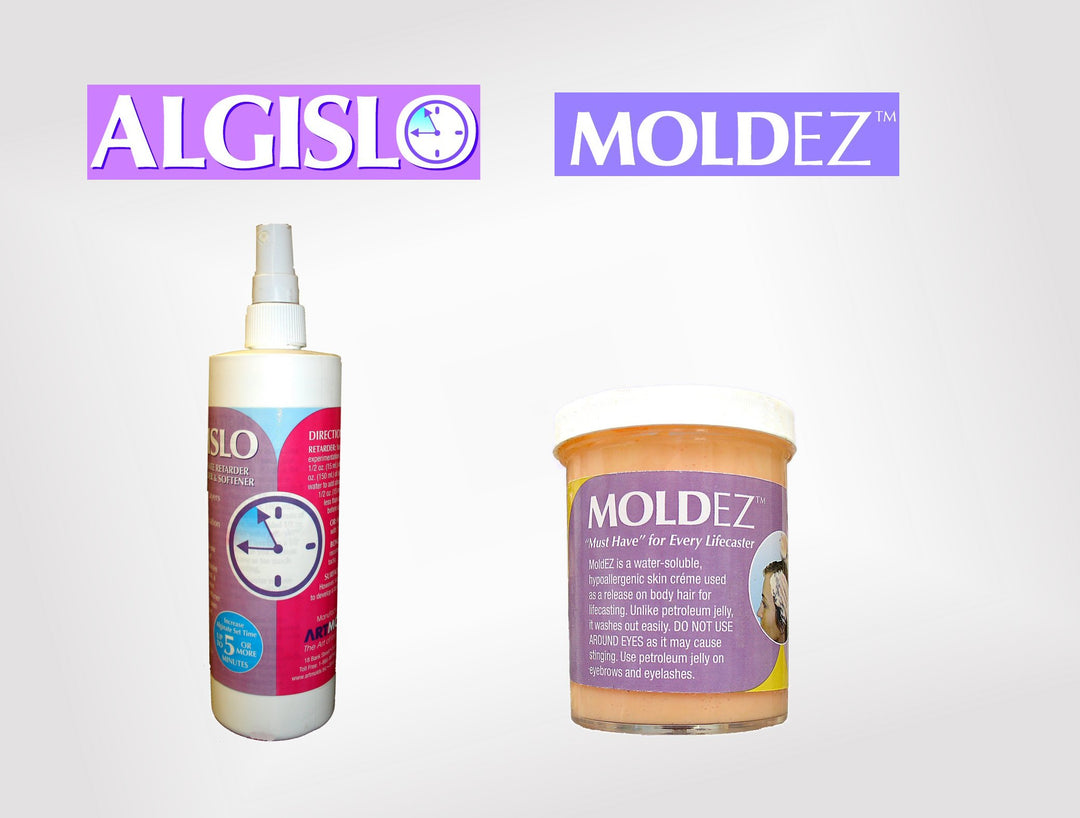Silicone Rubber Condensation and Addition Cure Explained
Silicone rubber is an extremely versatile material that can be used for almost any application. It finds various uses in our everyday life from cosmetics and medication to bath mats, mobile phone keypads and tires, to name a few.
The flexible, durable and water/fire resistant properties of silicone rubber also makes it an excellent material for making a mold or cast. A silicone mold lends itself well for resin or plaster casting, as well Skin safe and food safe silicone mold rubbers are also available.
Types of Silicone Rubber
Broadly speaking, there are two main categories of RTV (room temperature vulcanization) silicone that can be used for making a mold or cast:
- Condensation cure – catalyzed using tin salts
- Addition cure - catalyzed using platinum
Both of these types of silicone are very different from each other. More importantly, they are not compatible with one another either.
The main differences are as follows:
- There are characteristics unique to both silicone families which makes each a better performer under certain circumstances. For instance, if high temperatures are anticipated, then addition cure silicones (platinum catalyzed) are best But for economy, general mold making and prototype applications, condensation cure (tin catalyzed) is typically selected by experience mold makers.
- Both silicone polymers need to be mixed with a relevant chemical catalyst to initiate the cure from liquid state to solid. Addition cure silicones use a platinum-based catalyst (usually 10%) while condensation cure silicones need a tin-based catalyst (usually 5%).
- The platinum catalyst used in addition cure silicones is susceptible to some chemicals like nitrogen, sulphur, phosphorus, sulphur vulcanized rubbers and condensation cure silicone rubbers. Contact with these incompatible chemicals can inhibit their cure and result in a partially cured mold/cast. Many addition silicones prove to be incompatible with polyurethane rubbers too.
- Addition cure silicones necessitate more careful and accurate mixing than condensation cure ones.
- Generally, condensation cure silicones are more tear resistant than addition cure silicones which have a more temperamental nature and can split or tear if they are stretched or twisted too much. Condensation cure silicone molds tend to weaken or tear only after a year or two, depending on the amount of use.
- Addition cure silicones offer exceptional heat resistance and work better in high temperatures than condensation cure silicone. The former can also be heat accelerated for faster curing.
- Addition cure silicone is considered very pliable and tough while its counterpart brings the benefit of being biodegradable.
- Condensation cure silicone molds cure with a slight degree of shrinkage while addition cure provides virtually no shrinkage.
- Condensation cure silicone is more economical and preferred for general mold making. Condensation cure silicone molds can capture fine and intricate details and are excellent for all kinds of polyester, epoxy, gypsum, wax, resin and plaster casting.
- Addition cure silicones have food safe, skin safe and transparent versions.
To sum up, both addition cure and condensation cure silicones have certain unique characteristics which should be carefully considered during product selection depending on the application.




